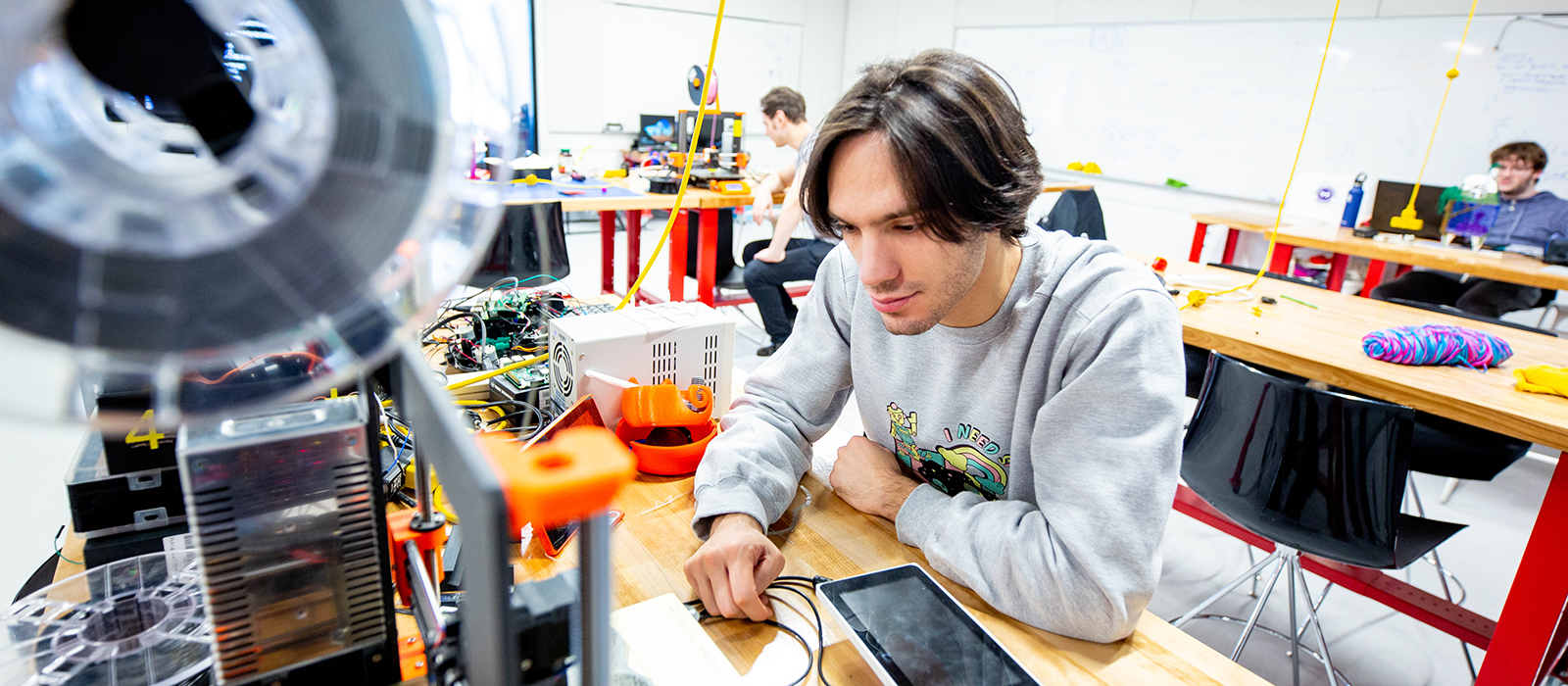University research breakthroughs in 2021


Last year, university researchers pushed the boundaries and came up with creative solutions to big problems. Read on for some of their top discoveries.
Researchers at the University of Calgary discovered more about how the system of nerves and microbiome—important microorganisms that live in our intestines—in our gut work and interact with each other. Their discovery helps us understand how the gut nervous system can be repaired after damage and may lead to improved treatments for gastrointestinal diseases affecting millions of people, such as irritable bowel syndrome.
McMaster University researchers developed a promising new option to give people a defence against COVID-19 and its variants: an inhaled vaccine. Inhaled by aerosol instead of injected, this type of vaccine targets the lungs and upper airways, where respiratory infections begin. It is also designed to target parts of the vaccine that do not mutate, meaning it should provide better protection against new variants. The inhaled vaccines are currently undergoing Phase 1 clinical trials.
University of Northern British Columbia researcher, Dr. Phil Burton, took part in an international study on the climate impacts of decomposing deadwood in forests, which release carbon dioxide. The researchers discovered that how quickly deadwood decomposed and how much carbon was emitted was different across varied ecosystems, due to factors like climate and insect activity. This new understanding in wood decomposition can help inform policies on how to deal with fallen trees and deadwood in forests and better protect the environment.
The underlying source of back pain is often difficult to pinpoint and prior research has mostly looked at spine structures as possible causes. This past year, researchers at Concordia University decided to approach the challenge from a new angle: looking at lower back muscles using MRI imaging and a technique called statistical shape analysis. This technique helps to identify where specifically the muscles are degenerating and would help develop targeted physical therapy plans to strengthen them and ease pain.
Queen’s University engineering researchers developed an exoskeleton that allows people to walk further while using less energy. Though it might seem counterintuitive, the device works by removing energy from a person’s legs at a critical moment while walking. The discovery could be used to improve walking efficiency among nurses, hikers or others who need to remain on their feet for long periods of time, and the energy collected could be used to charge phones or GPS devices.
Dr. James Robar from Dalhousie University was determined to improve radiation therapy for cancer patients, which can be stressful and time-consuming. Using 3D printing technology, he developed software that allows cancer treatment centers to print out personalized treatment accessories for patients in a matter of seconds, thereby improving the quality and accuracy of the treatment, as well as the patient experience.